Seeing your once-perky plant suddenly droop can be disheartening. Those limp stems and sagging leaves are often a clear distress signal—something in your plant’s environment or care routine isn’t quite right. But don’t worry! Most of the time, drooping stems don’t mean your plant is dying. With a little observation and the right care adjustments, you can bring your plant back to life and restore its natural vigor.
In this guide, we’ll walk through the most common reasons for drooping stems and provide simple, step-by-step solutions to rescue your plant before it’s too late.
Understanding Why Stems Droop
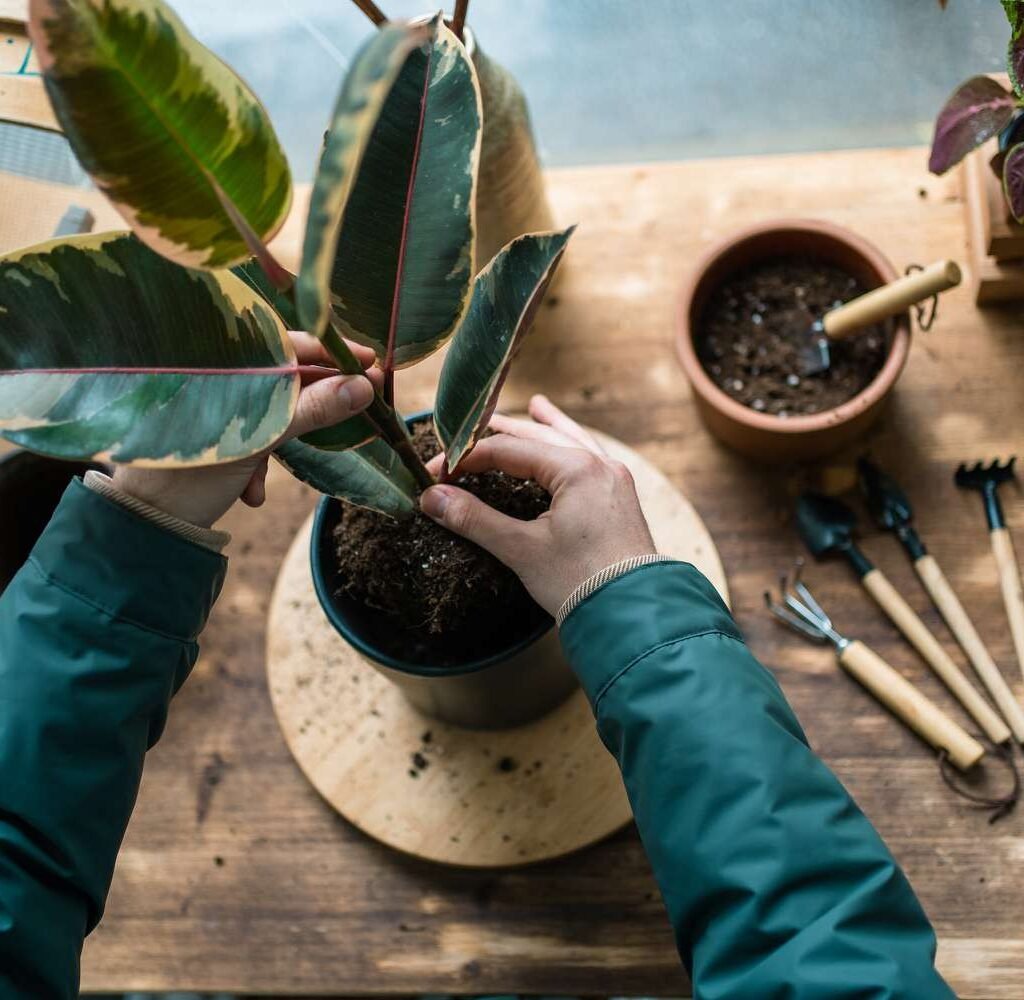
When a plant’s stems droop, it usually means it’s struggling to maintain water balance or cellular pressure (known as turgor pressure). Turgor pressure is what keeps stems firm and upright; when it drops due to dehydration, overwatering, temperature stress, or other factors, stems lose rigidity and begin to flop.
Drooping is your plant’s way of saying: “Something’s wrong—help me rebalance!”
1. Underwatering: The Most Common Cause
When a plant doesn’t receive enough water, its cells lose moisture and pressure, leading to wilted leaves and drooping stems. This is particularly common with plants like Peace Lilies, Calatheas, and Pothos, which are sensitive to soil dryness.
Signs of Underwatering:
- Stems and leaves appear limp and thin
- Soil is dry, cracked, and pulling away from the pot’s edges
- Leaf tips are brown or crispy
- Growth has slowed noticeably
How to Fix It:
- Check the soil moisture: Insert your finger about 1–2 inches deep. If it feels dry, your plant needs water.
- Water thoroughly: Slowly pour water until it drains from the bottom holes. This ensures the entire root system gets hydrated.
- Soak for deep hydration: For severely dehydrated plants, place the pot in a basin of water for 15–30 minutes so the roots can absorb moisture evenly.
- Establish a routine: Keep a consistent watering schedule based on plant type and season. Tropical plants may need weekly watering, while succulents thrive with less frequent moisture.
Pro Tip: Always empty the saucer after watering. Standing water can cause root problems (more on that next).
2. Overwatering and Root Rot: The Silent Killer
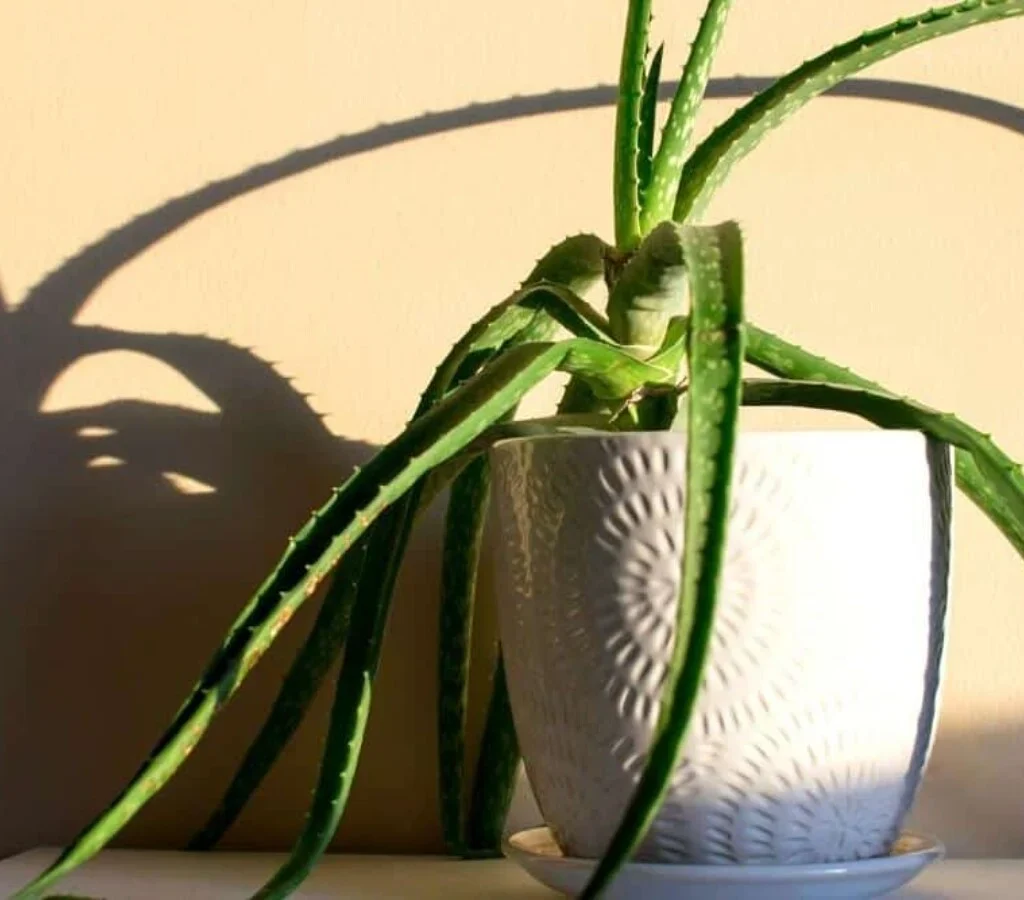
Ironically, too much water can cause the same droopy appearance as too little. When roots sit in soggy soil, they suffocate from lack of oxygen and begin to rot. Once roots are damaged, they can’t transport water efficiently, making the plant wilt—even in wet soil.
Signs of Overwatering:
- Soil feels constantly wet or smells musty
- Lower leaves turn yellow before wilting
- Stems are mushy or soft near the base
- Fungus gnats hover around the pot
How to Fix It:
- Stop watering immediately.
- Remove the plant from its pot and inspect the roots. Healthy roots are firm and white; rotten ones are brown or black and mushy.
- Trim off damaged roots with sterilized scissors.
- Repot the plant in fresh, well-draining soil. Choose a pot with proper drainage holes.
- Adjust your watering routine. Only water when the top 1–2 inches of soil feel dry.
Pro Tip: Add perlite or coarse sand to your potting mix for better aeration and drainage.
3. Light Imbalance: Too Much or Too Little
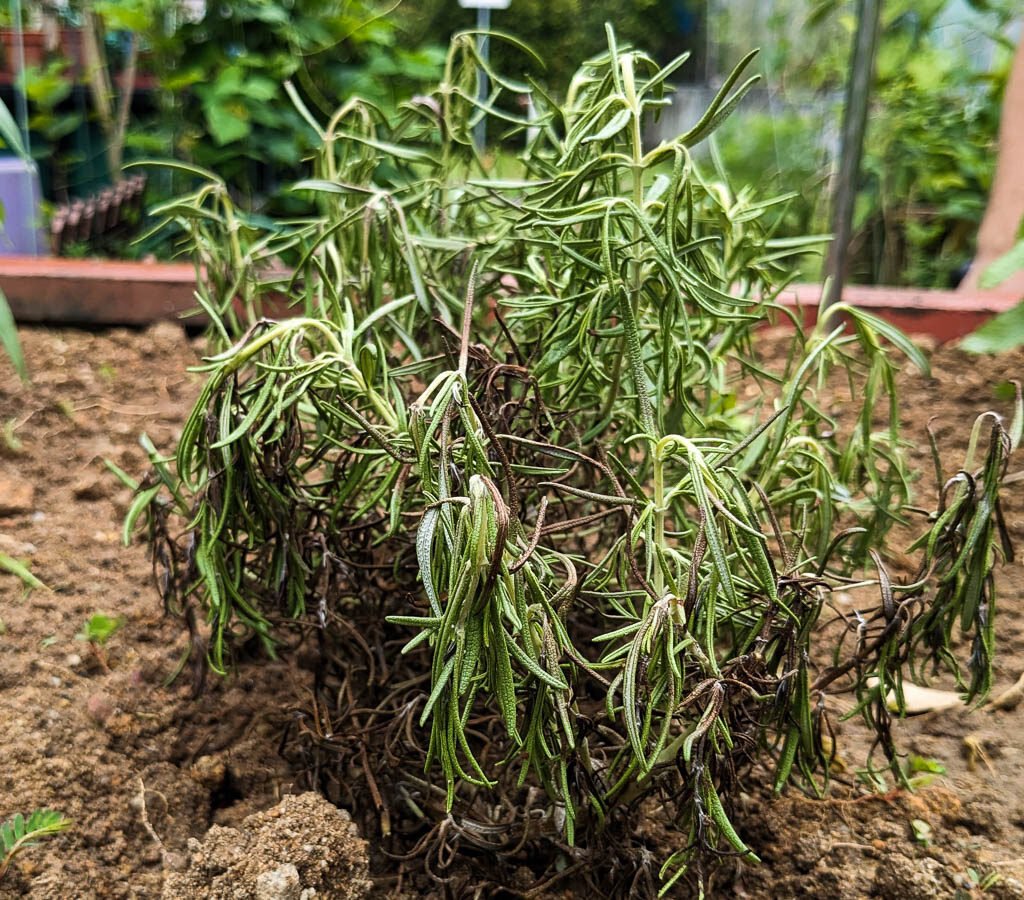
Light plays a crucial role in plant health. Insufficient light causes weak, elongated stems that can’t support their own weight. On the other hand, too much direct sunlight can scorch the leaves and dehydrate the plant, leading to drooping.
Signs of Light Problems:
- Too little light: Pale, stretched stems leaning toward the window
- Too much light: Burnt or crispy leaves, curling edges, and dry soil
How to Fix It:
- For low-light issues: Move your plant closer to a bright window (east or north-facing is ideal).
- For excess light: Relocate it away from direct sun or use a sheer curtain to filter light.
- Use grow lights: If natural light is limited, LED grow lights can mimic sunlight effectively.
Pro Tip: Rotate your plants every few weeks so all sides receive even light exposure and balanced growth.
4. Temperature Stress and Drafts
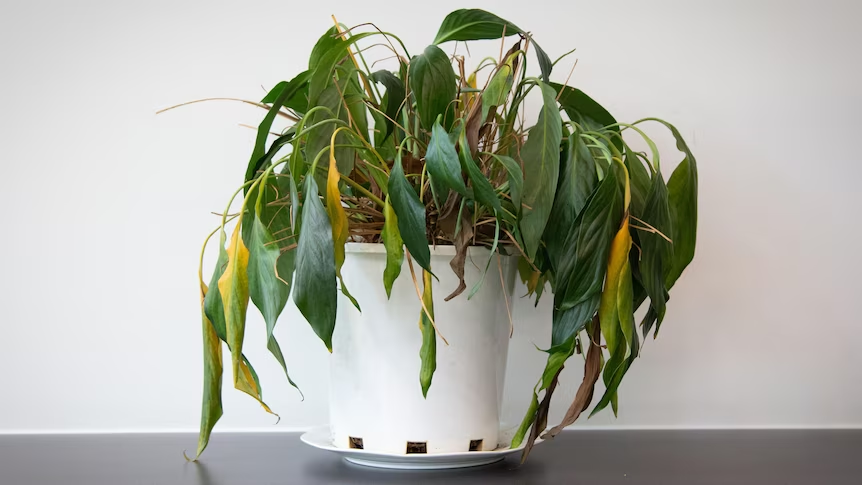
Indoor plants are sensitive to sudden temperature changes. Exposure to cold drafts, heating vents, or air conditioners can shock your plant and cause drooping stems. Most houseplants prefer a consistent temperature between 65°F and 80°F (18°C–27°C).
Signs of Temperature Stress:
- Sudden drooping after being near a drafty window
- Yellowing or browning of leaves
- Stunted growth during winter months
How to Fix It:
- Keep plants away from heaters, AC units, and open windows.
- Avoid drastic shifts: Move plants gradually when changing their location.
- Group plants together during cold seasons to create a warm microclimate.
Pro Tip: A small indoor thermometer can help you monitor sudden drops or spikes in temperature.
5. Nutrient Deficiency or Overfertilization
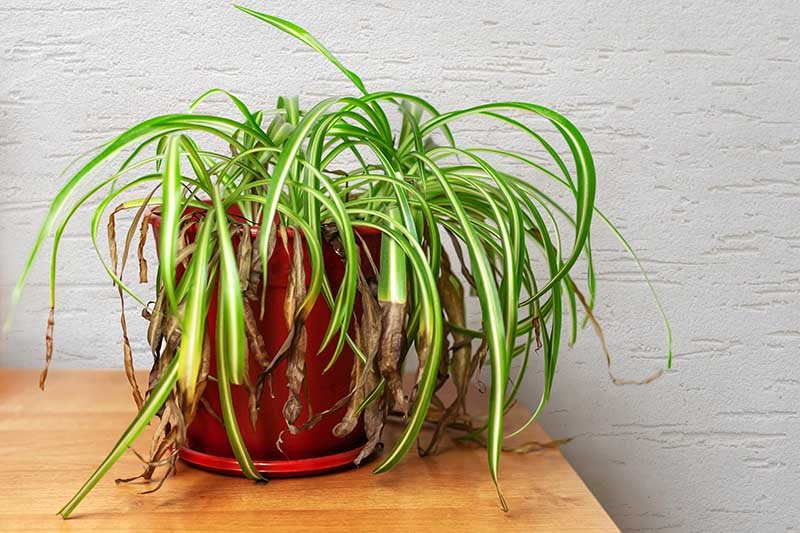
Nutrients fuel plant growth, and imbalances can cause drooping. A lack of nitrogen, potassium, or magnesium can lead to weak stems, while too much fertilizer causes salt buildup, burning the roots and preventing water uptake.
Signs of Nutrient Problems:
- Pale or yellowing leaves
- Slow or distorted growth
- White crust on soil surface (salt buildup)
- Drooping despite proper watering
How to Fix It:
- If overfertilized: Flush the soil thoroughly with clean water to wash out excess salts.
- If nutrient-deficient: Feed the plant with a balanced, water-soluble fertilizer (10-10-10 or 20-20-20) once a month during active growth.
- Avoid fertilizing in winter, as most plants rest during that time.
Pro Tip: Always dilute fertilizer to half the recommended strength—less is more when it comes to feeding houseplants.
6. Pest Infestation
Tiny pests like aphids, thrips, spider mites, and mealybugs can weaken plants by sucking their sap, which leads to drooping, curling, or deformed stems. Left untreated, infestations can spread quickly.
Signs of Pests:
- Sticky residue on leaves (honeydew)
- Fine webbing or visible insects
- Yellow spots or curled stems
- Slowed growth despite proper care
How to Fix It:
- Isolate the infected plant immediately.
- Wipe leaves gently with a damp cloth or soft brush.
- Spray with neem oil or insecticidal soap every few days.
- Maintain cleanliness: Dust leaves regularly and check new plants before bringing them indoors.
Pro Tip: A strong shower rinse can help remove most small pests and eggs from leaves and stems.
7. Repotting Shock or Root Damage
After repotting, it’s common for plants to experience transplant shock, where they temporarily wilt or droop due to root disturbance. Similarly, root damage from compacted soil or handling can prevent water absorption.
Signs of Repotting Stress:
- Drooping right after moving to a new pot
- No new growth for several weeks
- Leaves dropping or turning pale
How to Fix It:
- Water lightly after repotting—just enough to moisten the soil.
- Avoid fertilizing for 4–6 weeks to let roots recover.
- Keep the plant in indirect light and stable conditions until it stabilizes.
Pro Tip: Always choose a pot only 1–2 inches larger than the old one. Oversized pots retain too much moisture and can stress roots.
Step-by-Step Emergency Rescue Guide
If your plant’s stems are drooping and you’re not sure why, here’s a quick rescue plan to follow:
- Inspect the soil: Is it too dry or soggy? Adjust watering accordingly.
- Check the roots: Gently lift the plant—look for healthy, white roots. Trim rotten ones if necessary.
- Examine light exposure: Move to a bright, indirect light spot.
- Trim damaged stems and leaves: This encourages healthy regrowth.
- Support drooping stems: Use small stakes or soft ties until the plant regains strength.
- Avoid sudden changes: Keep temperature and humidity stable.
- Be patient: Recovery can take 1–3 weeks depending on the plant and severity.
Prevention: Keeping Your Plant Upright and Healthy
Once your plant recovers, focus on creating a consistent care routine to prevent drooping in the future:
- Use well-draining soil suited to your plant type.
- Water only when needed, not on a strict schedule.
- Maintain humidity around 50–60% for tropical plants.
- Feed moderately and avoid overfertilization.
- Regularly rotate your plant for even growth and light distribution.
Final Thoughts
Drooping stems may look alarming, but they’re often just a temporary sign of stress, not a death sentence. Whether it’s underwatering, root rot, or environmental changes, your plant is simply communicating that it needs a little extra attention.
By taking the time to observe, diagnose, and respond with the right care, you can bring your plant back to its upright, healthy self. With consistent watering, proper lighting, and a touch of patience, those limp stems will soon stand tall again—proving that even the droopiest plant can bounce back with the right love and care.
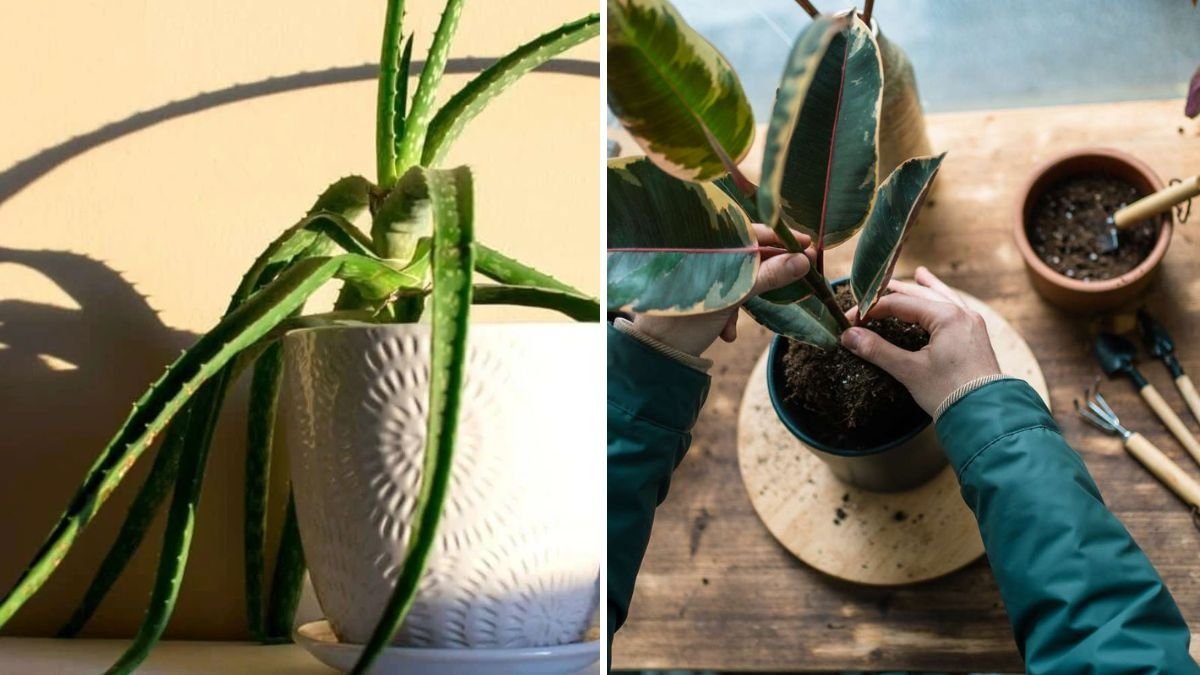




Leave A Comment